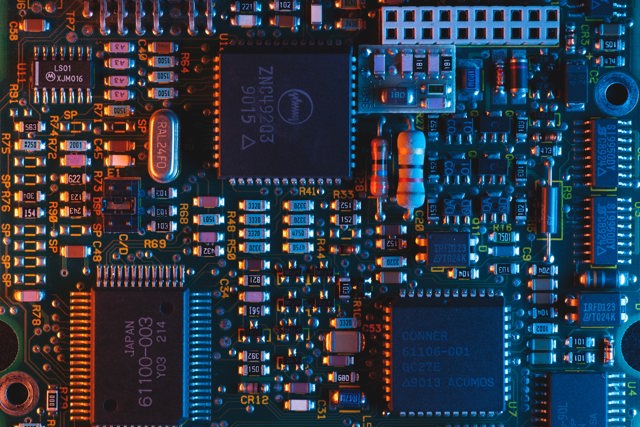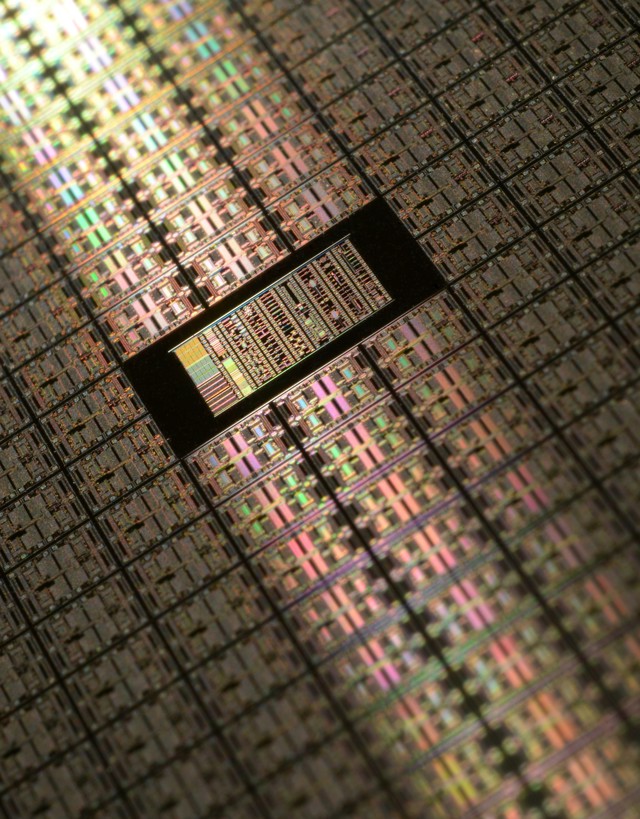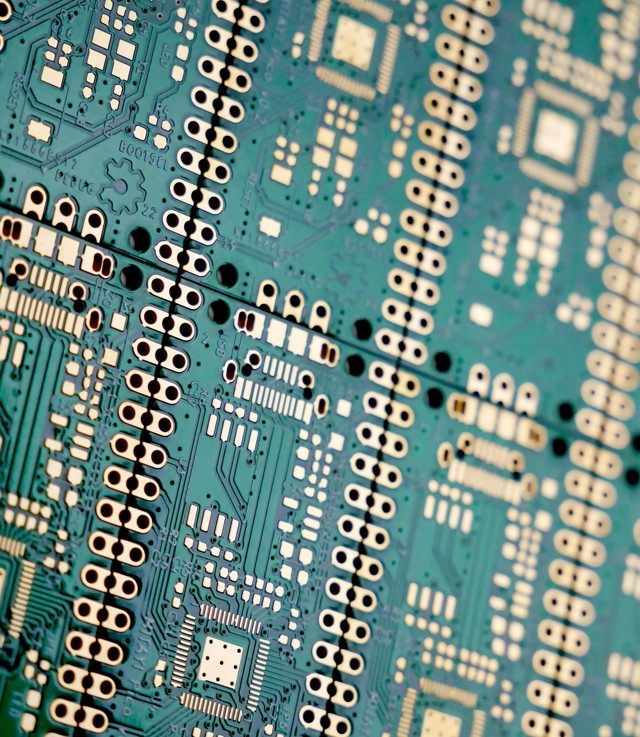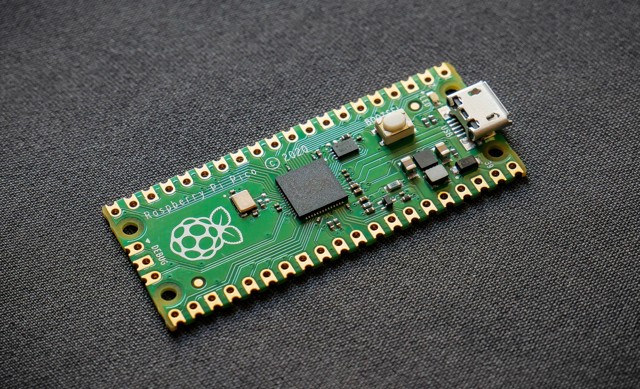
Explaining the Global Chip Shortage
If you’re in the tech industry, you’ve likely heard about the global chip shortage that started in 2020. But do you fully understand what it is and how it’s affecting the procurement of data center hardware?
This blog post will provide a comprehensive overview of the global chip shortage, including its causes, how it’s affecting the data center industry, and when it’s expected to end, according to the latest news. We’ll also discuss how you can overcome the chip shortage through the use of sustainable IT.
Whether you’re a business owner, IT professional, or just interested in staying up to date on tech industry news, this article has something for you.
What is the Global Chip Shortage?
The global chip shortage refers to the current worldwide deficit of semiconductor chips, also known as microchips or integrated circuits.
Chips are used in a wide range of electronic equipment, such as laptops, smartphones, cars, but also data center technology. The global chip crisis has disrupted production in various industries and resulted in higher prices for some goods that rely on chips.

What are the Causes of the Global Chip Shortage?
The leading causes of the global chip shortage can be compared to a ‘perfect storm’, where Covid-19 and associated lockdowns and restrictions were the main reason, disrupting the global supply chains and causing delays in the production and distribution of chips. The crisis was intensified with the subsequent events:
- The increase in demand for semiconductor chips caused predominantly by the growing interest in consumer electronics containing chips, such as laptops, smartphones, and gaming consoles, due to the increase in remote work, remote learning, and engagement in online activities during the pandemic. Other reasons for increased demand include the rise in the use of cryptocurrencies and, thus, cryptocurrency mining, which requires specialized computers with chips, the transition to 5G technology, and the growth of the Internet of Things (IoT).
- China-United States trade war, which is a long-lasting economic conflict between China and the United States. In September 2020, the US Department of Commerce applied sanctions on the largest producer of chips in China, and that made it more complicated to do business with companies which have links to the United States. In October 2022, the United States announced that it would take additional measures to limit the sale of computer chip technology to Chinese companies, especially chips that are crucial for the development of advanced technologies.
- Natural disasters around the world, such as a winter storm in Austin, Texas, in February 2021, which caused the shutdown of a few factories, and the 2021 extreme drought in Taiwan, which is a global leader in the production of semiconductor chips. As the production of chips requires large quantities of water, the drought in Taiwan complicated and slowed down the production process.
- The Russian invasion of Ukraine in 2022, which caused the price of neon, a gas needed for lasers during chip production, to skyrocket as Ukraine manufactures approximately half of the global supply of neon. The Russia-Ukraine conflict has also affected the supply of other vital substances for chipmaking, such as krypton or xenon.

What are the Impacts of Global Chip Shortage on the Data Center Sector?
The global chip shortage has significantly affected the production of data center hardware, such as servers and storage systems.
First, the chip crisis has caused delays in the production and delivery of data center hardware. Because chip manufacturers could not produce enough chips to meet the increased demand, the OEMs have had difficulty keeping up with the orders for data center hardware equipment.
As there was a deficiency in the number of new data center equipment, many companies experienced significant problems with upgrading and expanding their data centers, which has disrupted their operations.
Second, the chip shortage has caused general price increases for data center hardware. As OEMs have had to pay higher prices for chips due to their deficit, they have been forced to raise prices for data center hardware.
Finally, because the chip deficit has made it hard to predict when new hardware will be available, it has been problematic for system integrators and data center operators to effectively plan and manage their operations and meet the needs of their customers.
When Will the Global Chip Shortage End?
Despite the difficulties faced in 2021 and 2022 with supply chain disruptions, some remain optimistic that the year 2023 will bring progress in addressing the semiconductor shortage. However, finding a solution to this complex issue will not be a simple or swift process.
Many chipmakers are now expanding their production and constructing new factories. Governments around the world are providing aid for this growth, such as the CHIPS and Science Act signed by President Joe Biden in August, which allocates up to $280 billion in grants and tax breaks to the industry over the next decade. Nevertheless, it will take some time for these measures to impact the supply chain. Simply increasing the production of chips is not a viable solution, as it takes significant time and investment to establish new semiconductor fabrication plants. Additionally, as technology advances rapidly, keeping up with demand becomes even more challenging. The shortage of skilled labor further complicates matters for manufacturers.
And although more chips are already available, the crisis is not yet near its end. According to the newest report by the Financial Times as well as Pat Gelsinger, CEO of Intel and Arvind Krishna, CEO of IBM, the supply of microchips might not satisfy the industry demand until 2024. Thus, some industries, such as the IT or automotive sectors, which have been impacted the most, will suffer throughout 2023.

How to Overcome the Global Chip Shortage with Sustainable IT
We can overcome the global chip shortage by adopting sustainable IT practices, i.e., the use of third-party maintenance and refurbished data center hardware.
1) Third party maintenance of data center hardware can help to minimize the global chip shortage. Instead of purchasing new hardware from OEMs, which probably experience supply chain disruptions and delays caused by the chip shortage, companies can rely on third party maintenance providers, who are not affected by chip shortage. Thanks to our third party maintenance, you can extend the life cycle of your IT hardware by 4-5 years, maintain your operations and postpone the investment into new hardware. We provide the following options:
-
Full-Support Service
-
Spare Part Service (SPS)
-
End-of-Life Service
-
Server, Storage and Network Maintenance
2) Refurbished data center hardware is used hardware equipment which has been repaired and restored to a condition that makes this hardware as good as new. The process of refurbishing typically involves thoroughly cleaning and testing the equipment and replacing any damaged or worn parts. The equipment is also inspected and recertified and may be sold as refurbished. The use of refurbished hardware helps to reduce the demand for new chips, as these chips are used primarily in the new equipment, and lessens the negative impacts of the chip shortage on businesses that are dependent on data center hardware. If you need spare parts, upgrades or perhaps a complete system, Nordic Computer is ready to assist. Our warehouse is one of the largest in Scandinavia, which makes it possible to fulfill your needs for quality, safety, and fast delivery.
Third party maintenance and refurbished data center hardware offer additional benefits apart from ensuring that the chip supply is not depleted. Using third party maintenance and refurbished data center hardware can help you cut operating expenses. With our third party maintenance, you can save up to 70% compared to OEM costs and get a solution that matches your needs. Refurbished hardware is also generally cheaper than new hardware equipment, and thanks to this, you can save up during periods of economic insecurity.
Another advantage of using third party maintenance and refurbished data center hardware is that you are helping reduce unnecessary e-waste. The manufacturing of new hardware also generates a large amount of CO2 and consumes a significant amount of energy; thus, using third party maintenance and refurbished hardware reduces your negative environmental impact and contributes to more sustainable IT practices.
The global chip shortage has significantly affected the data center industry, but sustainable IT solutions such as third party maintenance and refurbished data center hardware can help mitigate its effects.
Since the chip shortage is expected to continue for some time, organizations need to explore these options as a way to maintain their operations and prepare for the future.
Even after the chip shortage ends, third party maintenance and refurbished hardware are smarter and better options as they are cost-effective and sustainable alternatives to buying new equipment.
If you have further questions about our TPM or refurbished data center hardware, do not hesitate to email us at sales@nordiccomputer.com or by filling out the contact form below.

Sources:
Alsop, T. (2022, December 16). Global chip demand and shortages - statistics & facts. Statista.com: https://www.statista.com/topics/7797/global-chip-shortage/#topicOverview
Alspach, K. (2021, October 11). IBM CEO Arvind Krishna: Chip Shortage ‘More Likely’ Continuing Until 2023 Or 2024. CRN.com: https://www.crn.com/news/components-peripherals/ibm-ceo-arvind-krishna-chip-shortage-more-likely-continuing-until-2023-or-2024
Badlam, J., Clark, S., Gajendragadkar, S., Kumar, A., O’Rourke, S. & Swartz, D. (2022, October 4). The CHIPS and Science Act: Here’s what’s in it. McKinsey & Company: https://www.mckinsey.com/industries/public-and-social-sector/our-insights/the-chips-and-science-act-heres-whats-in-it
Hoffower, H., Winck, B. & Kiersz, A. (2021, October 9). The supply-chain disaster that is eating Christmas is being driven by a Biden-Xi conflict that many are overlooking. BusinessInsider.com: https://www.businessinsider.com/supply-shortages-semiconductor-chips-crisis-us-china-trade-war-biden-2021-10?r=US&IR=T
Kamasa, J. (2022, February 9). Chip Shortages in the Light of Geopolitics and Climate Change. Center for Strategic and International Studies: https://www.csis.org/blogs/strategic-technologies-blog/chip-shortages-light-geopolitics-and-climate-change
Lauly Li. (2022, December 20). Carmakers to suffer chip shortages until at least end of 2023. Financial Times: https://www.ft.com/content/e0265ef6-21b7-4624-b179-42685aad822f
Patterson, A. (2022, May 25). Intel CEO Expects Chip Shortage to Persist Through 2024. EETimes.com: https://www.eetimes.com/intel-ceo-expects-chip-shortage-to-persist-through-2024/
Shead, S. (2022, March 25). Chip industry under threat with neon production set to fall off a cliff following Russia’s invasion of Ukraine. CNBC.com: https://www.cnbc.com/2022/03/25/russia-ukraine-war-laser-neon-shortage-threatens-semiconductor-industry.html
Image Sources:
Photo by Laura Ockel on Unsplash
Photo by Vishnu Mohanan on Unsplash


